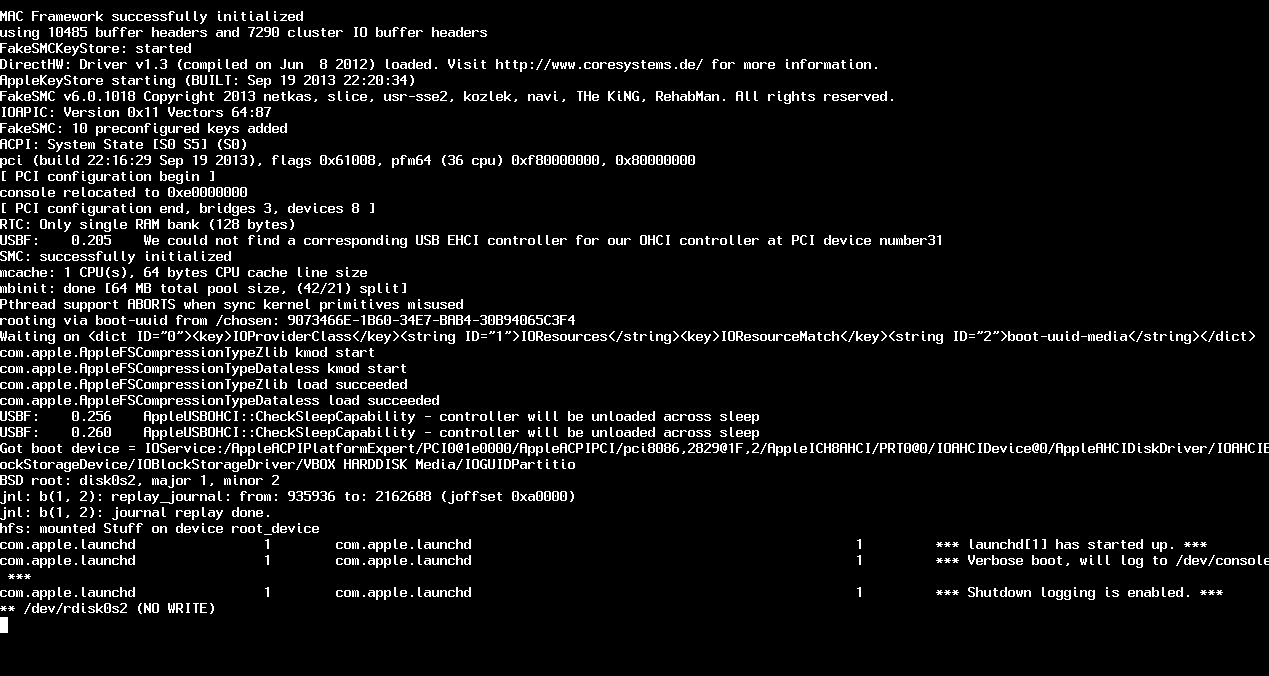
If you can, remind yourself that these feelings are safe and okay, and that they will pass. It will keep their attention on breathing slowly with you. If your friend is having a panic attack, breathing with them can help with this, too. One way to do this is to focus on a single object in the environment and note all of its features to yourself. Refocusing your attention on something else may also help.

It can also help prevent you from hyperventilating, which we know can make panic attacks feel worse. This can help return your blood pH back to normal and reduce the symptoms of alkalosis. So what should you do if you think you or your friend is having a panic attack?įocus on taking slow, deep breaths. One thing is certain: while they will not cause you any long-term physical harm, panic attacks are very uncomfortable and can be very scary. For example, you might feel nausea, numbness, dizziness, or even hyperventilation! This means that alkalosis can make panic attack symptoms feel even worse. Symptoms of respiratory alkalosis are similar to panic attack symptoms. This is why hyperventilation leads to respiratory alkalosis: the bicarbonate system wants to keep all of these molecules in equilibrium! The result of the hydrogen ion decrease means our blood becomes less acidic. Hydrogen ions cause chemicals to be acidic. Of course, this means that there will be fewer hydrogen ions in our blood. The carbonic acid will break down to form carbon dioxide and water. According to the chemical equation above, this happens by hydrogen and bicarbonate combining to create carbonic acid. To adjust for this imbalance, our bodies create more carbon dioxide. This causes all of those molecules to be out of balance with one another. But when we hyperventilate, we are breathing out carbon dioxide much more quickly than we normally do. Normally, the bicarbonate system is able to keep these molecules in equilibrium, or in balance with one another. H + and HCO 3 -: the elements form a hydrogen ion (H +) and a bicarbonate molecule (HCO 3 -) H 2CO 3: the elements form carbonic acid (H 2CO 3) These combinations of elements are:ĬO 2 and H 2O: the elements form carbon dioxide (CO 2) and water (H 2O) In all cases, the ratios of these elements will be one carbon dioxide, three oxygen, and two hydrogen. What does this equation actually tell us? We can see that there are three possible combinations of elements in the bicarbonate system. The chemical equation for the bicarbonate system involves H 2O combining with CO 2 to form H2CO 3 which in turn can decompose to form H + ions and HCO 3 - molecules. But how does hyperventilation cause respiratory alkalosis?Ĭhemical reactions of the bicarbonate system (© 2019 Let’s Talk Science). This a temporary condition and involves an increase in blood pH due to loss of carbon dioxide. These chemical changes lead to what is called respiratory alkalosis. Hyperventilation causes chemical changes in the body. When you hyperventilate, you take very quick, shallow breaths. Some people hyperventilate when they have panic attacks. What is happening in your body when you have a panic attack? Four of those people may have panic disorder! In a school of 100 people, that would mean eleven people may experience panic attacks. Occasional panic attacks are even more common, with around 11% of people experiencing sporadic panic attacks per year. If you have panic attacks often, you may have a type of anxiety disorder called panic disorderĪround 4% of Canadians have panic disorder.

Symptoms of a panic attack include sweating, dizziness, increased heart rate, chest pain, chills, hot flashes, nausea, numbness, hyperventilation and a fear of losing control or dying © 2019 Let’s Talk Science using an image from jehsomwang via iStockphoto). When there’s nothing dangerous to react to, this can lead to a panic attack. Panic attacks are basically just a false alarm from our fight-flight-freeze response. They get more oxygen to our muscles so we can react to the danger.īut sometimes, our bodies send out false alarms.

When there is actual danger, a faster heartbeat and quicker breathing are useful. It helped our ancestors prepare to react to a dangerous situation. This is called the fight-flight-freeze response. The sympathetic nervous system, your body’s emergency response system, kicks in. When you sense danger, your body goes into emergency mode.

Let’s learn about what a panic attack is, and what happens in your body when you have one. “Am I having a heart attack? Am I dying?” “Am I going crazy?” you think to yourself. It feels as if the world around you isn’t real-as if you’re in a dream. You start to take quick shallow breaths, and you can’t feel your fingers. Maybe you’re at the mall, or in the hallway at school. Imagine you’re in the middle of a crowded place with some friends.


 0 kommentar(er)
0 kommentar(er)
